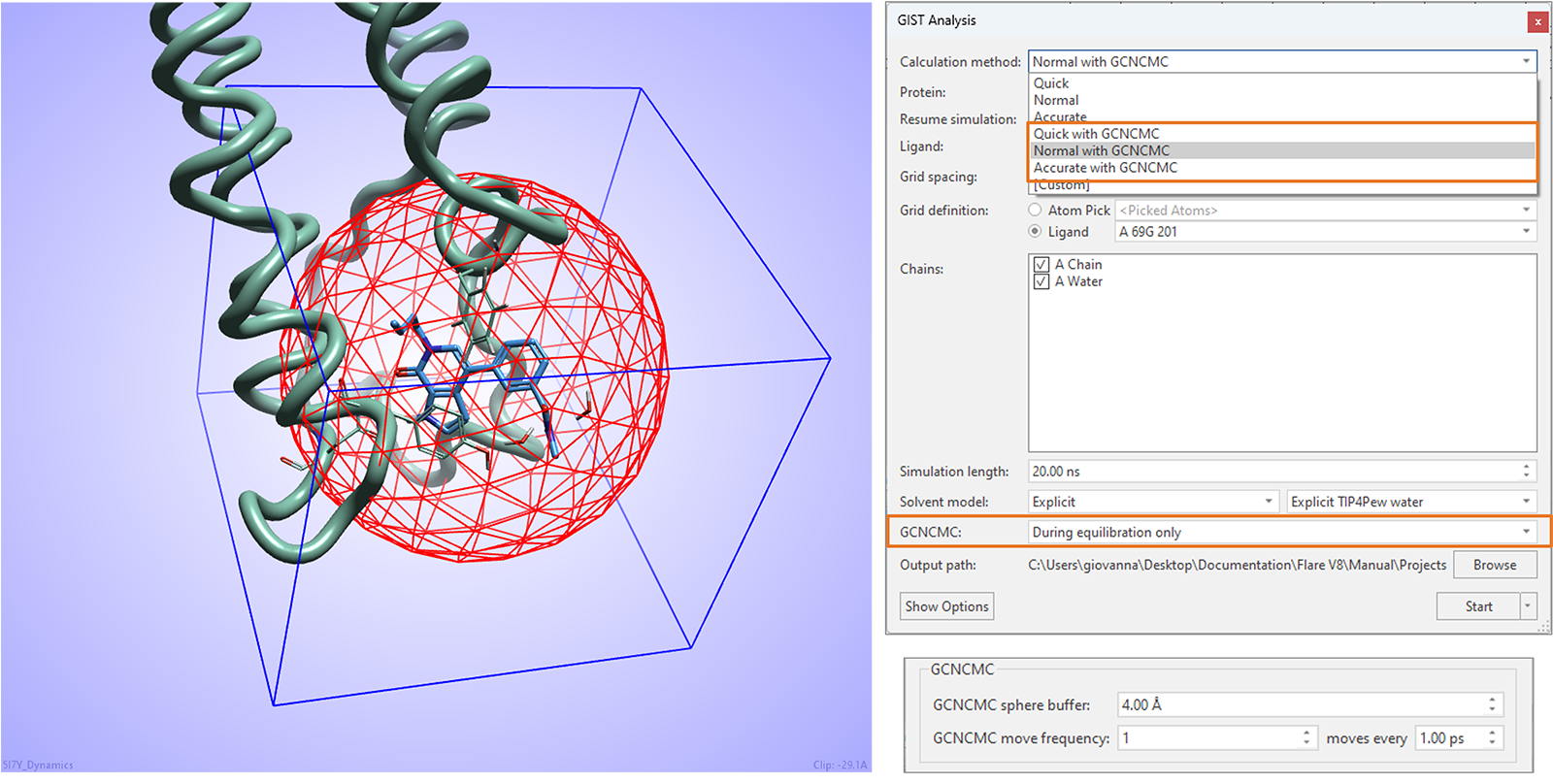Cresset® Creates New Vice President Role to Lead their Artificial Intelligence (AI) Strategy
Cambridge, 15th April 2024 – Cresset an innovative provider of solutions for CADD, DMTA efficiency, and contract research, has expanded ...
News
January 29th 2024, Cambridge, UK - Cresset, a provider of integrated in silico solutions for drug discovery, has released the latest version of its Flare drug discovery platform, which aims to improve ligand and structure-based drug design and the lead optimization process in early drug discovery.
Flare Free Energy Perturbation (FEP) provides a quantitative method to reliably calculate relative binding affinity, enabling accurate ranking of molecules in a congeneric ligand series. The method enables users to test 'in-silico' a large number of molecules, prior to focusing on ‘wet’ lab work, meaning that fewer compounds need to be made and tested to achieve the desired results.
The process supports chemists in making known actives more potent, without having to synthesize 100s or 1000s of compounds, eliminating the time wasted on non-potent molecules. This has the potential to deliver significant improvements in the drug design process and identify viable pre-clinical drug candidates by improving efficiencies.
The latest version Flare V8 includes new methods, enhanced features, and usability improvements to streamline workflows, along with highly visual tools for a more detailed analysis. The advancements include the new Molecular Mechanics and Generalized Born Surface Area (MM/GBSA) method for calculating the binding free energy of ligand-protein complexes. This represents a significant expansion of Flare’s (FEP) domain of applicability to handle transformations with changes in net charge, and new and enhanced features for protein and homology modelling.
In addition to this, the new version of the drug discovery software also includes new Torsion Plot, Convergence Plot, and contacts table to further expand Flare’s suite of highly visual tools for troubleshooting and analyzing Flare FEP results. It also provides insights into the reactivity and metabolic behavior of small molecules Quantum Mechanics (QM) calculations which now can compute and display HOMO (Highest Occupied Molecular Orbital) and LUMO (Lowest Occupied Molecular Orbital).
The software's pre-made enumeration reactions have also been expanded, more than 150, searchable, real synthetic chemistry reactions to allow for faster library enumeration. The robust ligand preparation steps already available, a new ‘Pop to 3D and minimize’ option generates sensible 3D structures for your ligands, ready for further calculations enabling a start-to-end ligand preparation process.
Moreover, GIST water analysis experiments can benefit from enhanced water sampling by applying Grand Canonical Nonequilibrium Candidate Monte Carlo (GCNCMC) steps using the software. There are also Radius of Gyration (RG) plots to characterize the size of a protein or peptide, and study structural changes, flexibility and dynamics of biomolecules over a Molecular Dynamics trajectory.

Giovanna Tedesco, Head of Products, Cresset, commented: “As a feature-rich solution, an easy-to-use interface puts the power of Flare’s functionality at the user’s fingertips with customizable parameters to suit the characteristics of a particular project, for the best possible results. This release significantly expands the applicability of Free Energy Perturbation simulations in Flare to support more real-life Drug Discovery projects. Additionally, MM/GBSA single-point calculations join the ever-expanding choice of methods available in Flare to prioritize your ligand designs and choose the best molecules to progress.”
Read the Flare V8 article to learn more about the new methods and features available in Flare V8.